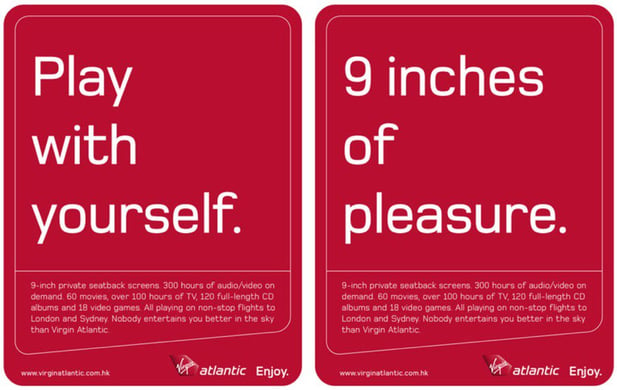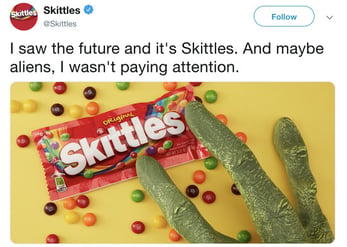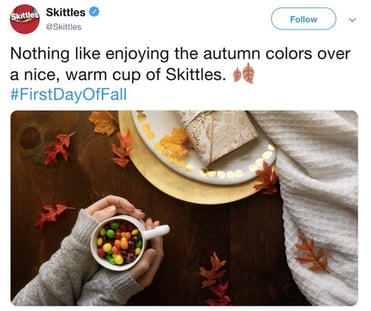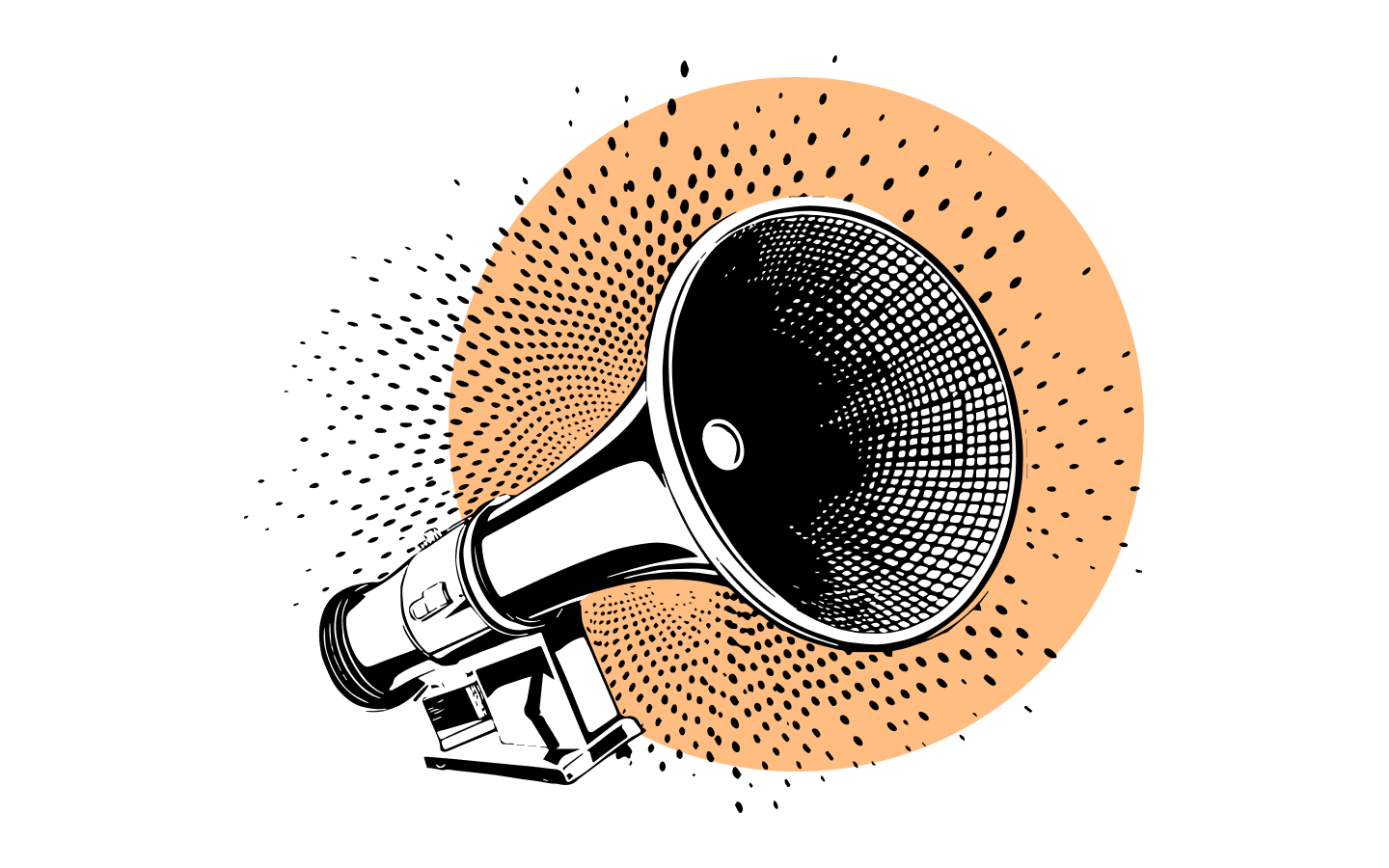The words you use on your website, in your letters, on your products and in your documentation and marketing collateral literally define how people perceive your business. In other words, writing is branding and your tone of voice guidelines are as important as the logo and typeface you choose.
Writing is branding
Think about the companies you admire. Virgin, First Direct, Google, Innocent, the BBC, for example, all have very clear, distinctive voices. Even the CIA and MI6 have to think about tone of voice.
Many clients come to us at Articulate Marketing asking for help with tone of voice guidelines and we like to include it as part of a brand marketing strategy project for any new client that doesn’t already have their own.
1. Do your research
The first stage is to understand the company, its employees, products, market, customers and values.
-
Interviews. The best way to do this, as with most research, is with intelligent interviews. The gestalt of an interview is as important as the words. Somebody’s body language may belie the bold claims they are making. Also, you can use interviews to discover the power hierarchies in a company.
- Focus groups. What? They can help. But I don’t trust them because I think they tell you what you want to hear. Often they are best for persuading people that the new improved recipe is better than the old one. Mixed feelings.
- Competitor analysis. Reviews of competitor brands and sites can also help, if only to learn what not to do. (Always learn from other people’s mistakes – it’s the cheapest way.) But you may also find examples of branding through writing that shine. They may need a competitive response.
-
Existing content. A detailed review of existing content is important. Are there any good examples? This kind of ‘accidental style guide’ can help to set precedents and inspire a more consistent approach. Bad examples?
-
Rules of engagement. You need to understand what the company wants and what it will tolerate. For example, can it relax into addressing the reader directly (‘you’) and using the first person (‘we’). Is it serious, witty, whimsical? What rules did they follow before?
Remember to differentiate between style (e.g. sentence construction, punctuation, grammar, ordering) and tone, which is the emotional and persuasive content of the writing and the techniques used to do it.
2. Find the balance for your TOV
The guidelines you come up with need to balance:
-
Promise. Enough aspirational uplift that the tone of voice guidelines are exciting for customers and motivational for staff. Go where the ball is heading not where it is now.
-
Ground truth. What is actually true about the company today. It is counter-productive to talk about a business in a way that simply doesn’t ring true. You’ll disillusion customers and get a cynical response from staff if you go too far.
-
Fizz and ginger. Use your best examples. Write something that shows what is possible. Use before and after text to highlight the differences.
-
The prosaic necessities. Give examples of real-world usage. Describe products, write web copy etc. In fact, the more mundane the starting text, the more useful it is as an example. If you don’t address the realities of the business, the guidelines will not be useful.
3. Create a tone of voice guideline template
A typical tone of voice handbook will include:
- Some thoughts about the audience(s). Ideally with psychographic data and/or personas to help the reader understand their needs.
-
Relevant advice about different use cases, e.g. sales, marketing, website, letters, support etc. Not just who is reading it but when and where they’re reading it.
-
Who is speaking. What is the voice of the company? Do you want to write in a casual tone? Can you give some background information that helps the user understand how to speak with that voice?
-
What is the viewpoint? What does this ‘voice’ know about? What is its attitude to the reader, the product, the market, the competition? What vibe or emotion does it feel? What does it want?
-
Language. Is it formal? Relaxed? Jokey? What kinds of words are definitely required and which words are forbidden? One way to get at this is to ask what existing publications are you trying to emulate, the Financial Times, The Sun, a novel, a tax form?
-
Structure. Do you use the Pyramid Principle? The journalist’s inverted pyramid? Is it a colloquial conversation? Witty banter? Can you ask questions?
-
Good before and after examples that help the user learn how to do it themselves.
-
A controlled vocabulary. Words that you have to use (e.g. product names long and short). Words that you must always replace (e.g. ‘we don’t talk about our product as an ‘application’ but as a ‘service’).
-
Links to other relevant information such as a brand bible for graphic design elements, people who can give further guidance, style guides etc.
4. Discover what is necessary, but not sufficient
Once you have good guidelines, you’re not done. There are some other things required for good writing.
-
Deployment. Having a document doesn’t guarantee compliance. You need to make sure people understand it, use it, refer to it. This means making it easily accessible, e.g. on an intranet site and in print.
-
Writing training. Even distinctive tone of voice guidelines do not guarantee good writing. They don’t add much value if they advise people to write from the perspective of the reader or to use short words, for example. That’s just good writing and it should be encouraged parallel. Writing training is very helpful.
-
House style guide. Tone of voice is also not the same as style. You need to ensure consistent spelling, punctuation, treatment of dates and telephone numbers etc. You can shortcut this by adopting a good third-party style guide, such as The Economist style guide.
-
Imagery. Innocent Drinks (that lovely independent British company that’s 58 percent owned by Coca-Cola), is widely cited as a tone of voice role model. It actually uses visual elements, such as pencil drawings to support its writing. I suspect that this is what makes it so memorable.
-
Professional writers. Most people can write but most people are not writers. For important copy, for example, anything that customers might see during the sales cycle, you should really think about getting in the professionals, like, ahem, Articulate.
-
Proofreading. Whoever does your writing, you need to get it properly checked before publishing it. All great writers have an editor – reading is an essential part of writing. You can do it in-house or use a professional proofreading firm.
5. Talk to your tribe

You need to figure out your buyer personas to create an effective tone of voice. You need to know both who you are as a company and who your tribe is. This goes beyond simple semantics. It means the energy and ideals you emulate through your tone, which people can identify with and feel at home with.
Simon Sinek talks at length in his 'Start with why' presentation about the need to understand why your company does what it does. Not how you do it, or what you do, but why. He discusses Apple as a perfect example of a company that started with 'why' when building out their tone and messaging. Why do they exist? To challenge the status quo. To 'think different'. People are Apple fans not because they love the computer, but because they find with a tribe of people who want to empower the individual.
Your tone of voice has to serve as proof of your why to resonate with your tribe. 'The most basic human desire on the planet is to feel like we belong,' argues Sinek, and when you find that community of people who believe what you believe, you feel trust. And trust is vital if you want people to not only buy, but believe in and promote the what that proves your brand's why.
6. Be consistent or look clueless
The thing about companies like Apple and Google is that even if they change how they make their money or alter what their product focus is, they are still Apple and Google. You still know who they are even if you don't know exactly what they do. That's because they make sure their copywriting is consistent with their brand.

Think of your brand identity as a person, advises Nigel Edginton-Vigus.
They each have their own conversational quirk, a personality, something that makes them different or unique. If you’re a brand, if you can actually identify and recognise what that quirk or what that affectation or what that point of difference really is that will naturally give you your tone of voice.
People (well trustworthy and likeable people at least) don't change their personality every five minutes, and neither should you. If you have a tone of voice that changes with every industry whim and fashion people will be wary that you're just in the market for a quick buck. Being consistent with your tone of voice means people can come to trust that they'll always get the same quality of customer service, value for money or whatever other benefit you offer. The last thing you want to appear is flakey and untrustworthy.
7. Don't do quirky for the sake of it
It's incredibly tempting to look at companies like Innocent or even Google, with their not the usual yada yada, and think being a bit fun and 'different' is the way to create a distinctive tone of voice. You couldn't be more wrong.
Doing quirky for the sake of it will completely confuse your customers and audience. You can only be quirky or follow through with a humorous tone if you're quirky through and through as a company. And even the companies you think of as quirky have to work very hard to get the tone of voice right; perhaps harder because of the risk of overshooting the mark and ending up with silly, trite or glib.
Say you sell a specialist banking app to financial services firms. You are experts in security and compliance and your actual product is top-notch. Then you start putting out blog posts and product descriptions that make jokes and take digs at all 'that crazy regulatory stuff!' Your customers will have no idea what you're talking about and you will undermine the very core of who you are as a company. Tone of voice has to aid understanding and communication, not hinder it.
8. Be influenced, but don't imitate tone of voice
Don't be a copycat. Or for that matter copy cats. Sure that GIF's funny, but the guy also looks ridiculous. He is not a cat. Why is he meowing? Companies like Apple and Google are great for inspiring the idea of a tone of voice, but you shouldn't listen to them when it comes to what your voice actually sounds like.
Here are a few TOVs (tone of voice) examples from companies we love here at Articulate:
Skittle - let's taste the rainbow
We've all watched the ads, cringed at them almost, and EVERYONE knows about the delicious multicoloured packet of sugary delights! But Skittles have created an altogether wacky TOV that everyone can get behind.
The skittles mania works, here are some examples of the brand in action:


Virgin mobile - friendly and positive
Virgin mobile is a modern, forward-thinking mobile company for the modern millennial. Virgin mobile is a part of a much larger organisation (as we all know) and so crafting a unique brand identity and TOV was never going to be easy. People were already familiar with the 'VIRGIN' brand...
Check out their inspirational TOV guideline document here.
If you are too heavily influenced by another company, even if you feel they are part of your tribe and they emulate the same ideals as you, your voice simply won't be distinctive. You need to keep digging to find what differentiates you. Where your heart is.
Of course, once you find it, then all you need to do is shout, whisper or sing as confidently as you can. Express yourself.
This article was originally written in 2019 and has been updated in 2022.









